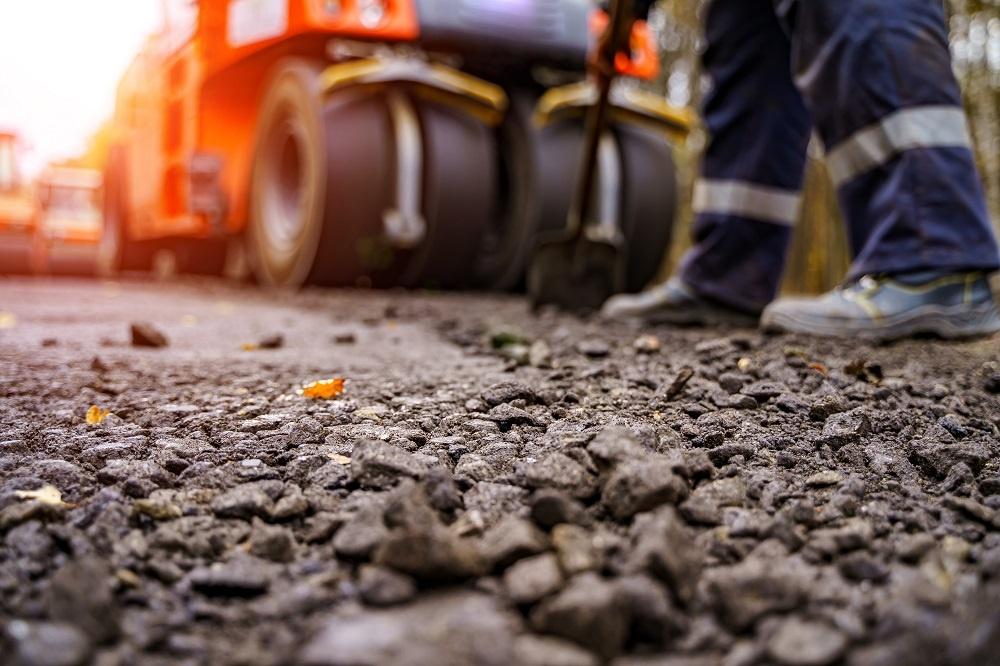As part of the Hillhead Digital New Horizons Conference, David Kinloch, director of business development at CDE Global (CDE) and Fergal Campbell, business development manager at CDE, provided a stark warning that the planet is hurtling towards reaching its finite resource capacity at an alarming rate and projected that, to combat this, recycled sand and aggregates must become the future of construction materials
To highlight the magnitude of the challenge the world faces right now in regards to finite materials the presenters explained that if the earth history was a calendar year, the human race has existed for 37 minutes and just within the last 0.2 seconds we have already used 33% of the earths natural resources. Currently 50 billion tonnes of sand is used each year for a wide variety of applications, an enormous number that is set to continue to rise until it hits 82 billion tonnes by 2060 and one that simply cannot be sustained.
Some regions have already experienced the effects of reaching the end of their reserves with India, for example, banning river sand trade. This has also given rise to high levels of crime (often organised) so that illegal sand extraction is now the third most prevalent crime in the world.
As Kinloch and Campbell pointed out, this could not be maintained, and the only option was to move to a circular economy, and increase the value of waste products so that they can be reused again and again throughout the value chain. At CDE, they see the solution in wet processing.
A broad range of resources falling into two categories (natural and waste) can be transformed into a number of useful construction materials such as drainage stones, road base materials, clean stone layer, permeable layers through wet processing.
The CDE representatives then went through a few of the operations and waste materials that wet processing can be applied to:
Scalping: Scalping material cannot be used for dry processing. It is very heavily clay bound and usually regarded as a waster product and used as filler material. However, through a wash plant this resource can be utilised for other purposes such as high quality calcium carbonate products, the ready mix market and the decorative stone market.
Muck away/excavation waste: This usually has a very heavy clay contamination meaning it is not possible to dry process it. But by introducing wet processing, it is possible to take it all into the feed and produce top quality washed products for applications, such as drainage stones, pipe beddings, concrete (ready mix or precast), and for use in the agriculture industry.
Non-hazardous soils: Such waste usually has a lot of contamination, especially organic. The wet process will remove the organic material, scrub off all the clay to leave the produce, with similar applications such as drainage stones, pipe beddings, concrete, and permeable membrane paving.
Utility arisings: CDE has a client, a utility provider, who is now able to use the materials coming off its utility works, wet process immediately them, and put them straight back into their own business in the form of pipe beddings and other applications. This is a great example of the circular economy working in real time.
Trommel fines: This is a challenging material which 15 years ago would have definitely just been waste suitable for landfill. However, a large volume of trommel fines is good material and a huge amount of this is produced across the globe. The CDE offering can wet process the trommel fines and isolate the useful material for repurposing in applications, such as drainage stones, low grade concrete, brick paving and more.
Road sweeping: There is, of course, a huge amount of contamination present in road sweeping such as plastic bags, bottles, cans, etc. A lot of this contamination is quite lightweight and can be removed so that 80-95% of the waste can be recovered. This can be used for applications throughout the construction industry and there are examples of some companies making use of this by performing road sweeping and then utilising the recovered materials in their civil engineer activities. This product also has multiple applications such as pipe bedding, materials for the utility sector, soil conditioner (by isolating out the organic fraction), and for use in the construction industry.





















